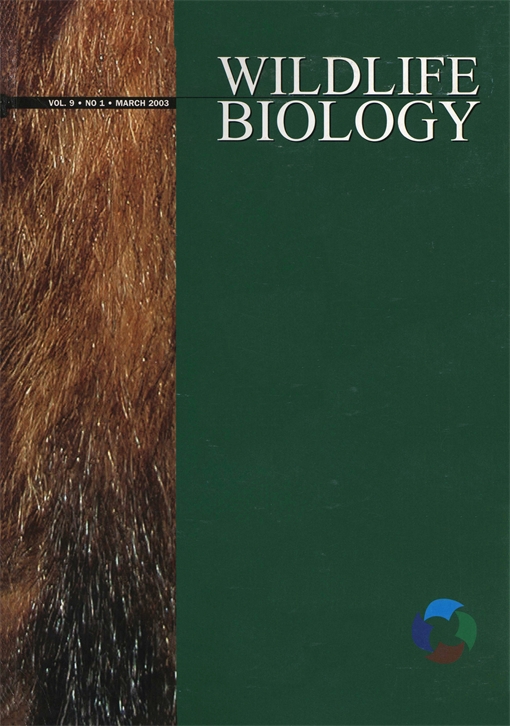Genetic variation in a Chinese grouse Bonasa sewerzowi population was assessed using five microsatellite markers. The mean number of alleles and allelic richness were comparable with what has been observed in other grouse, e.g. black grouse Tetrao tetrix and capercaillie T. urogallus, populations studied with the same markers regardless of whether these populations were isolated or from within the continuous range of the respective species. However, the proportion of heterozygotes and FIS observed in Chinese grouse were more similar to isolated than to continuous grouse populations suggesting that the Chinese grouse population may show genetic signs of habitat fragmentation and relative isolation. Furthermore, demographic analyses indicated that the studied Chinese grouse population would not persist without immigration. We suggest that excess heterozygosity is a sign of a sink deme within a metapopulation system.
How to translate text using browser tools
1 December 2003
Microsatellite variation in a Chinese grouse Bonasa sewerzowi population: signs of genetic impoverishment?
Jobs Karl Larsson,
Yue-Hua Sun,
Yun Fang,
Gernot Segelbacher,
Jacob Höglund

Wildlife Biology
Vol. 9 • No. 4
2003
Vol. 9 • No. 4
2003
Chinese grouse
fragmentation
metapopulation
microsatellite variation
sink population




